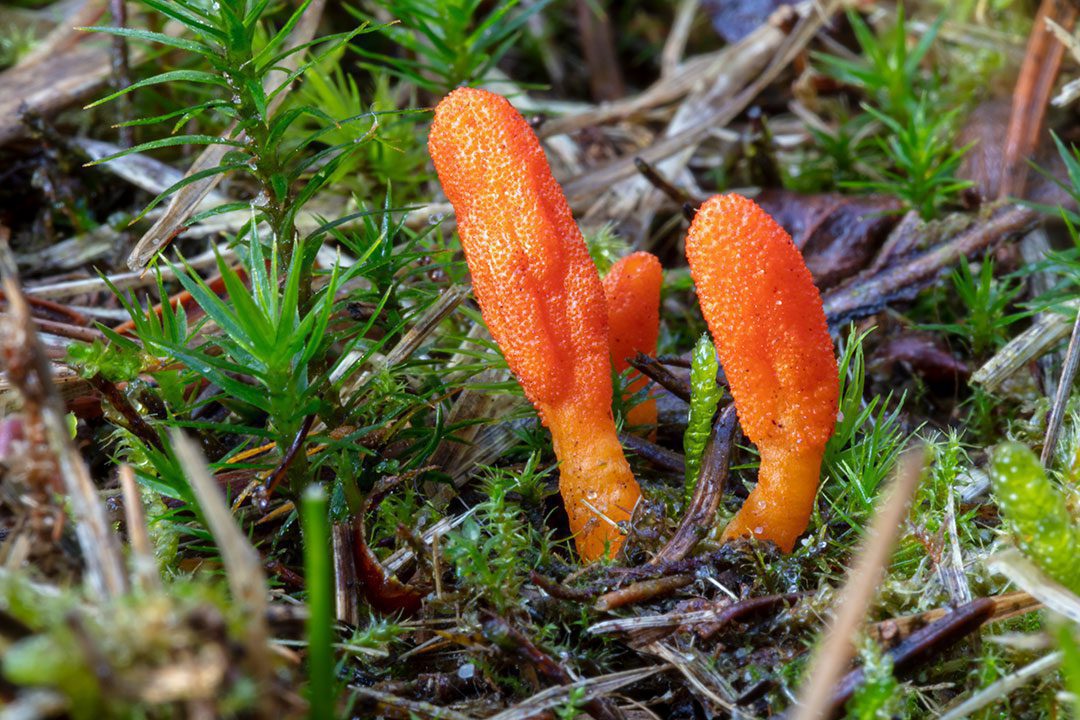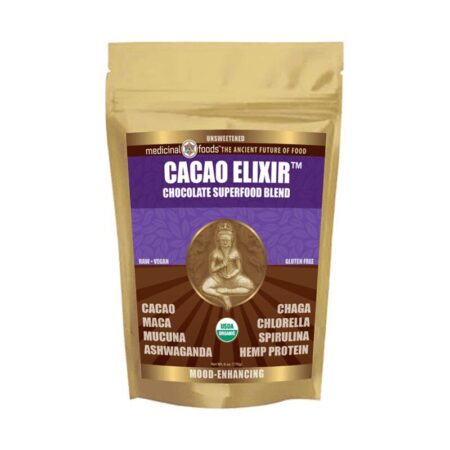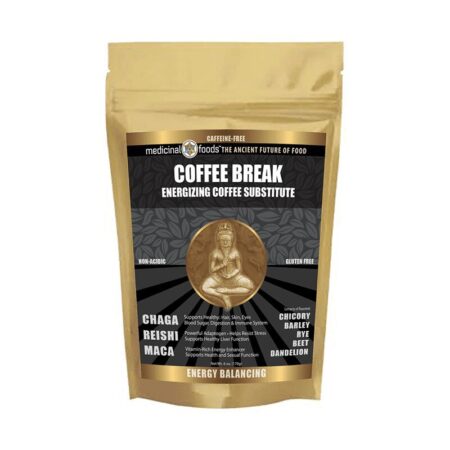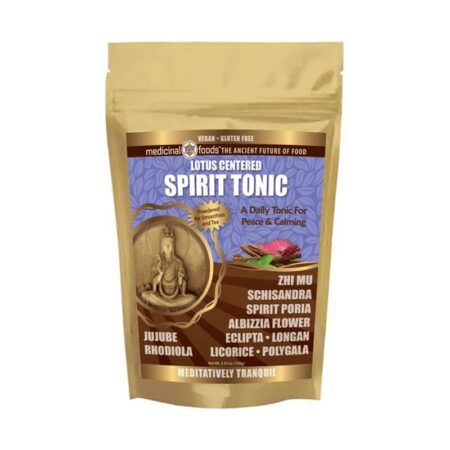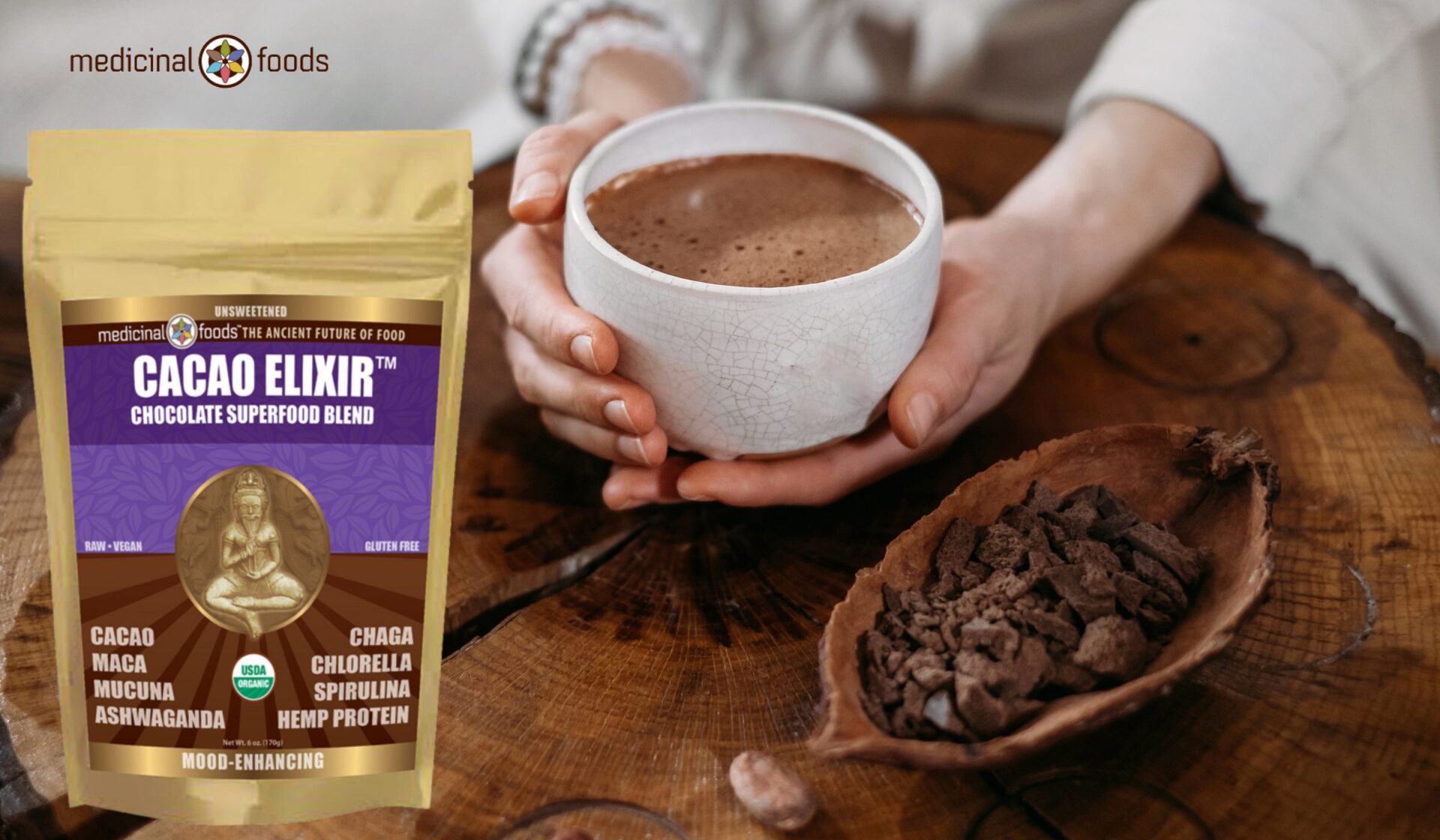Cordyceps Militaris is a mushroom fungus that belongs to the family of Cordycipitaceae and was first described by Carl Linnaeus in 1753.
We have prepared a brief overview of its history and current uses.
The name comes from the Latin words for "head" and "club." This name is given to this fungus because the head of the mushroom is club-shaped and granular.
This fungus has a lot of different names that are based upon the region of cultivation or just chosen by hobbyists. It is also called as "Ophiocordyceps sinensis".
The species belongs to the group of fungi known as Ascomycetes or sac fungi, which produce spores in small sacks known as asci. The sexual state of the fungus was not yet determined but many researchers suspect it to be heterothallic meaning two compatible mating genes have to exist for sexual reproduction to occur.
The only valid species according to modern taxonomy is C. militaris, but a lot of different names have been coined for various strains on the basis of location and host organism that they infect. Hobbyists refer to them as “strains” instead of subspecies or varieties.
Cordyceps militaris is mostly found in Asia/Pacific region between altitudes 5000 and 13000 feet above sea level In China it mainly grows on dead mules but also other mammals can be hosts. The climate there is humid subtropical with four seasons – winter, spring, summer and fall – dropping temperatures to around freezing point at night during some months every year.
The way to cultivate this mushroom fungus is by using natural substrates such as sterilized grain, bran, or sawdust. A lot of fruiting bodies can be grown in a single container from a single mycelium block.
In nature the fungus Cordyceps Militaris forms an ectomycorrhizal relationship with various host plants including bamboo and tea bushes. In culture the fungus is strictly parasitic on its substrate infecting insect larvae such as caterpillars mainly of moths and butterflies . It looks like a worm-shaped fungal mass growing out of the infected corpse, but it develops into a mushroom with a club shaped fruiting body.
The fertile head attaches to a dead insect pupa. The infertile stem is a pale orange-brown stem. In addition to being a beneficial supplement, it is also good for the environment.
The fungus is the most commonly used medicinally.
The fertile head is 0.5 to 4cm in diameter and is club-shaped.
It is granular and attached to a dead insect pupa. The infertile stem is 1 to 3cm in length, and 1.5mm in diameter.
The Scarlet Caterpillar club is a fungus that lives on the pupae of moths and ants. It pushes up through the soil as a bright orange club.
In China, it is used as an ingredient in Chinese cuisine. There are several hundred different species around the world. Some are parasitic and attack insects. The most common species are in the British Isles.
The fungus is found in the woodland edges of the grasslands. It is a valuable food source for humans as it is rich in protein, carbohydrates, and amino acids.
Its most common use is for the treatment of diabetes. More studies have been done on their anti-doping abilities. During the last century, they have been used as an effective means of treating diseases in animals.
This mushroom has been used for centuries as an herbal remedy. Its benefits have been studied in cancer, including colon and breast cancer. Its astringent and antioxidant effects have been reported in many studies.
These properties make it an ideal mushroom for treating lung disorders. Its spores are a key component of the herb and are known to help with a variety of health conditions.
The fungus’ mycelia absorb nutrients from the brain region of the host. It grows on the host’s tissue and replaces it.
Its spores are microscopic, allowing the mushroom to continue to reproduce in the host. In the UK, it is cultivated by the Japanese company, Mushroom Revival.
The fungus is a highly popular medicinal mushroom in China and Asia. Although it is considered an endangered species, it is now being harvested and consumed in the U.S. The fungus is a popular superfood in the mushroom community.
During its evolution, it has undergone a series of species names. There are approximately 400 species, most of which are abundant in tropical climates.
The fungus parasitizes insects and occasionally other fungi to propagate and has a long history of use in traditional Tibetan and Chinese healing modalities.
Traditionally it was used in Tibetan medicine as a tonic to improve energy and endurance and supports immune health and its defenses to help you stay feeling your best. The powder is milled from Cordyceps militaris mycelial biomass, that is cultivated on organic oats.
The wild form is rare and expensive; consequently, now a strain isolated from the wild form sinensis is cultivated and commonly used. Traditionally prepared in Chinese medicine as a broth, it can also be used as an extract, as a tea, or in capsules.
No known precautions.
We recommend that you consult with a qualified healthcare practitioner before using herbal products, particularly if you are pregnant, nursing, or on any medications.
This statement has not been evaluated by the Food and Drug Administration. This product is not intended to diagnose, treat, cure, or prevent any disease. For educational purposes only.


